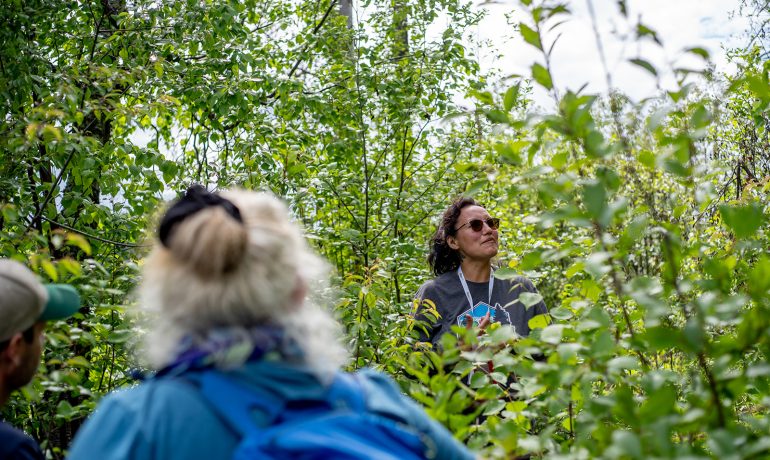2021–2023 Forestry High Risk Strategy
The 2021–2023 Forestry High Risk Strategy (HRS) is a comprehensive prevention strategy to address workplace safety in forestry operations. The intent of the Forestry HRS is to execute focused and impactful inspectional activity in those areas of the timber harvesting segment that represent exceptional risk to workers. Identified high risk work activities typically fall into five areas of operations:
- Manual tree falling
- Log transportation
- Cable yarding
- Mechanized harvesting (primary focus will be on steep slope and tethered/winch-assist operations in 2021–2023)
- Silviculture (see additional information on our approach for silviculture inspections for 2021)
In addition to the five main focus areas … emergency response planning (ERP) has also been identified as a critical target area for the Forestry HRS because of a number of serious ERP failures documented at forestry workplaces through incident investigations. Due to the continuing high injury rate in hand falling, a dedicated inspection team will focus on employers who are involved in manual tree falling and are associated with high injury rates, a sequence of high risk injuries, and/or poor compliance rates.
Related Post
As Published in Canadian Forest Industries Magazine, Pulp & Paper Magazine and Canadian Biomass Magazine
Jennifer Gunter’s Op Ed, “Community Forests: Rooted in Community,
Minister of Forests Mandated to Expand BC’s Community Forest Program
In the recently released mandate letter to the Minister



